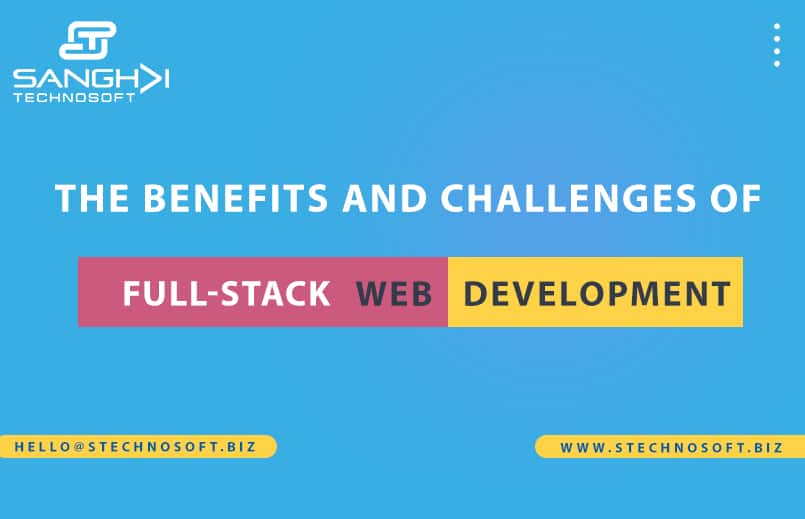
The benefits and challenges of full-stack web development
Full-stack web development includes both front-end and back-end development. Full-stack developers build client-side interfaces, server-side logic, database management, and system architecture. Full-stack web development has pros and cons.
Full-stack web development offers greater flexibility and control over the development process. Full-stack developers can optimize a system by understanding the entire technology stack. This improves performance, scalability, and development time.
Full-stack web development can also improve front-end-back-end communication. When one developer handles a project’s client and server sides, they can find and fix issues faster. This reduces misunderstandings and boosts productivity.
There are some drawbacks to full-stack development. Building a website’s front-end and back-end takes a lot of knowledge and skill. Full-stack developers must master multiple programming languages, databases, frameworks, and tools.
Full-stack web development also faces scope creep. Full-stack developers are in charge of all project parts, so they may be tempted to take on tasks and responsibilities not in their original job description. This can lead to burnout, delays, and project goals being neglected.
Even with these problems, full-stack web development can be a good way to build complex, scalable web apps. Full-stack developers can make well-informed decisions about how to improve the overall performance of a system because they have a thorough understanding of both the front and back end of the system. This improves performance, scalability, and development time.
Sanghvi Technosoft can help you develop full-stack web applications. Our skilled developers can create a custom web app for your needs. Contact us now!




